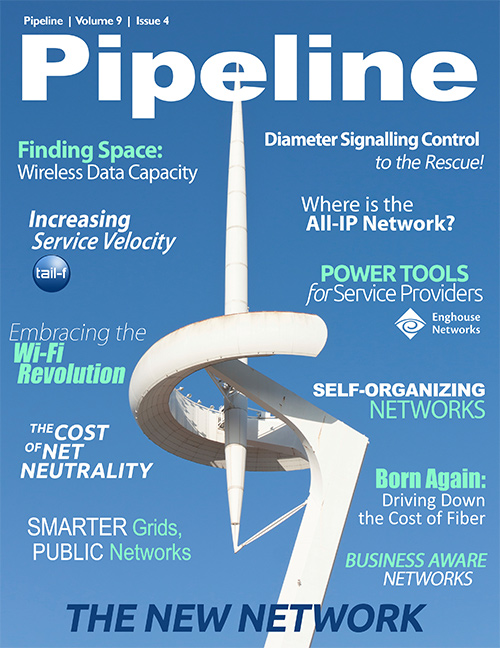Self-organizing Networks and the Shifting MNO Battleground
How SON works
While network performance and capacity have historically been optimized by network operations center (NOC) engineers, the concept of allowing a network to organize and optimize itself was first introduced in the RAN a few years ago. SON technology, at the most basic level, automates the maintenance and management of MNOs’ networks, including the configuration of cells and network parameters, replacing the constant attention from RAN engineers that has historically been required. This innovation was initially met with industry-wide fear that engineers would be replaced by computers. However, SON is now becoming more widely accepted, as it allows RAN engineers to more effectively grow and improve the reliability and capacity of complex networks while maintaining a tight budget. As such, SON helps contain OPEX by increasing employee efficiency while also contributing to revenue growth. Today, it is clear that SON will be a mandatory tool for any MNO that wants to maintain a competitive edge.
Paving the road to self-optimized RAN
To be clear, SON is not just one solution, but incorporates multiple use cases to configure, optimize and maintain network performance. Because there are many aspects to a complete SON solution, MNOs should implement their optimization framework based on best-of-breed technology solutions for precise use cases – likely from a variety of vendors. In addition, as product managers must achieve short time-to-market and maintain a competitive edge, industry standards, such as those defined by the Next Generation Mobile Network Alliance (NGMN), are now a key requirement for every SON solution.To deploy a SON solution that guarantees a quick return on investment (ROI), MNOs need to be able to easily identify the areas of optimization that would provide the maximum benefit. This can be achieved by leveraging network analytics and reporting engines to proactively identify the most promising spots for optimization gains (“SON hotspots”).
When these conditions are met, an MNO can benefit from the use of SON technology in the following ways:
- Maintaining and improving the customer experience – SON is able to offer a more consistent, high-quality user experience by monitoring the causes of network degradation and actively preventing recurring network issues.
- Maximizing service usage – Dynamic load balancing and hotspot mitigation help identify recurring network congestion and suggest configuration templates that can be automatically applied in a proactive and recurring manner to help limit performance degradation, thus improving quality of service (QoS) and reducing the number of recurring problems.
- Delaying massive capital expenditure – Rather than spending millions to extend their spectrum, MNOs can save money and time by maximizing the capacity of their current 2G and 3G networks to delay their LTE rollout in all markets until this technology is more cost-effective.
- Allowing green network power savings – SON automatically turns off under-used systems whenever possible to save energy and money.
Realizing these benefits require a step-by-step approach to fine-tune existing processes, it is critical that MNOs’ SON framework offers four key principles. As described earlier, SON should be able to detect where optimization will have the widest impact. Second, SON technology should leverage algorithms to suggest the optimum configuration for a given network. Next, CSPs should make sure their SON framework is capable of working in an open or closed loop system. And finally, SON should provide access to before and after dashboards to demonstrate the benefits of the optimization process and fine-tune future optimizations.



















